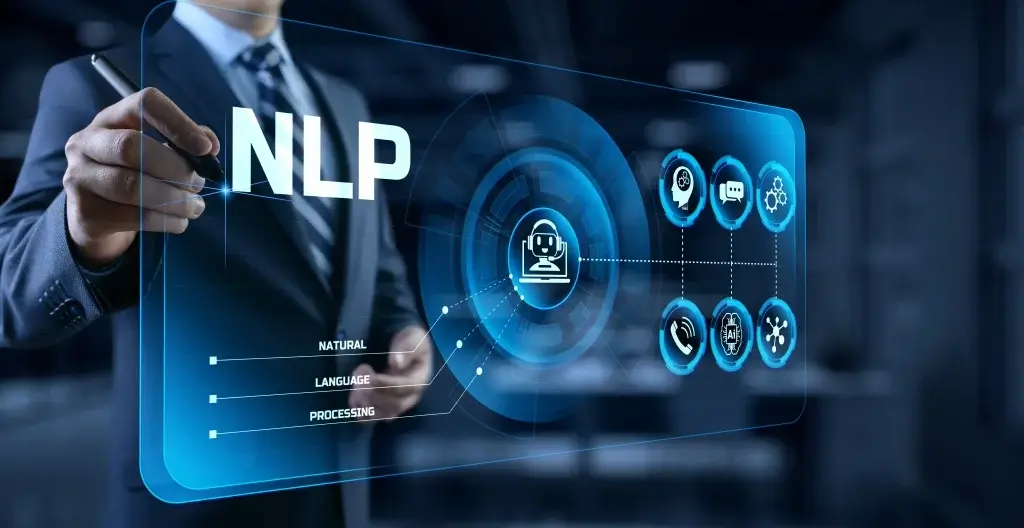Artificial Intelligence and Machine Learning ; What is the difference?
Deep artificial neural networks are a set of algorithms that have set new records in accuracy for many significant problems, such as image recognition, sound recognition, recommender systems, natural language processing, etc. Here, scientists aim to develop computer programs that can access data and use it to learn for themselves. The learning process begins with observation or data, like examples, direct experience, or instruction, to find patterns in data. The learning algorithms then use these patterns to make better decisions in the future. Basically, the main aim here is to allow the computers to understand the situation without any input from humans and then adjust its’ actions accordingly.
Machine learning enables a computer system to make predictions or take some decisions using historical data without being explicitly programmed. Machine learning uses a massive amount of structured and semi-structured data so that a machine learning model can generate accurate result or give predictions based on that data. Machine learning is distinguished by a machine or program that is fed and trained on existing data and then is able to find patterns, make predictions, or perform tasks when it encounters data it has never seen before. Artificial Intelligence, Machine Learning, and Deep Learning have become the most talked-about technologies in today’s commercial world as companies are using these innovations to build intelligent machines and applications. And although these terms are dominating business dialogues all over the world, many people have difficulty differentiating between them. This blog will help you gain a clear understanding of AI, machine learning, and deep learning and how they differ from one another.
The Difference Between AI and Machine Learning
When the threshold value is exceeded, it triggers, and it sends data onto the next set of nodes; if the threshold value isn’t exceeded, it doesn’t send any data. The weight determines how important a signal from a particular node is at triggering other nodes, and in most instances, data can only “feed forward” through the neural network. Shulman said executives tend to struggle with understanding where machine learning can actually add value to their company. What’s gimmicky for one company is core to another, and businesses should avoid trends and find business use cases that work for them. ML is a subset of AI and is powering much of the development in the AI field, including things like image recognition and Natural Language Processing. While machine learning technologies and uses might evolve, the core definition is much more concrete and specific.
What you need to know about artificial intelligence in armed conflict … – ReliefWeb
What you need to know about artificial intelligence in armed conflict ….
Posted: Fri, 06 Oct 2023 07:00:00 GMT [source]
Another key difference between AI and machine learning is their applications. AI has been used in a range of applications, from robotics to medical diagnosis to gaming. Machine learning, on the other hand, has found widespread use in areas such as natural language processing, image recognition, and recommendation systems.
What Is the System Development Life Cycle?
Using AI, ML, and DL to support product development can help startups reduce risk and increase the accuracy of their decisions. AI-powered predictive analytics tools can be used to forecast customer demand, allowing for better inventory management, pricing strategies, and distribution models. AI-enabled automation also makes it easy to streamline operations such as production scheduling and quality assurance checks. Before you can consider fully applying AI, ML, or DL technology to your startup’s processes and initiatives, you must understand the key difference between them.
Machine learning and deep learning have clear definitions, whereas what we consider AI changes over time. For instance, optical character recognition used to be considered AI, but it no longer is. However, a deep learning algorithm trained on thousands of handwritings that can convert those to text would be considered AI by today’s definition. To better understand the relationship between the different technologies, here is a primer on artificial intelligence vs. machine learning vs. deep learning.
Machine learning vs. AI: What’s the difference?
For instance, there are worries about how AI may affect employment and the economy. It’s also important to make sure that new technologies are created and implemented in a way that respects people’s autonomy and privacy. With a global pandemic still ongoing, the uncertainty surrounding supply, demand, staffing, and more continues to impact industrials. For many, the answer lives within your data, but the power to analyze it quickly and effectively requires AI. Learn how AI can be leveraged to better manage production during COVID-19.
Much of the exciting progress that we have seen in recent years is thanks to the fundamental changes in how we envisage AI working, which have been brought about by ML. I hope this piece has helped a few people understand the distinction between AI and ML. In another piece on this subject I go deeper – literally – as I explain the theories behind another trending buzzword – Deep Learning.
What is Artificial Intelligence?
In general, any ANN with two or more hidden layers is referred to as a deep neural network. Machine Learning is the general term for when computers learn from data. Predictive analytics, natural language processing, image and audio recognition, and other fields can all benefit from the automatic pattern detection and learning capabilities of machine learning (ML) algorithms. Even though data science vs. machine learning vs. artificial intelligence overlap, their specific functionalities differ and have respective application areas. The data science market has opened up several services and product industries, creating opportunities for domain.
These technologies are positioned to have a profound impact on the future of industries by allowing companies and organizations to streamline their operations, cut costs, and make better decisions. Several buzzwords are used frequently but with different meanings in the technological field. We shall examine the distinctions between AI and ML, their uses, and their future. It uses different statistical techniques, while AI and Machine Learning implements models to predict future events and makes use of algorithms.
Machines gather human intelligence by processing and converting the data in their system. Most machines with artificial intelligence aim to solve complex problems like healthcare innovation, safe driving, clean energy, and wildlife conservation. Artificial intelligence, machine learning, and deep learning are advanced technologies that enable companies to create futuristic applications and machines. Companies are looking to hire trained professionals in the field of AI, machine learning, and deep learning to build applications that set them apart from the competition.
Read more about https://www.metadialog.com/ here.






